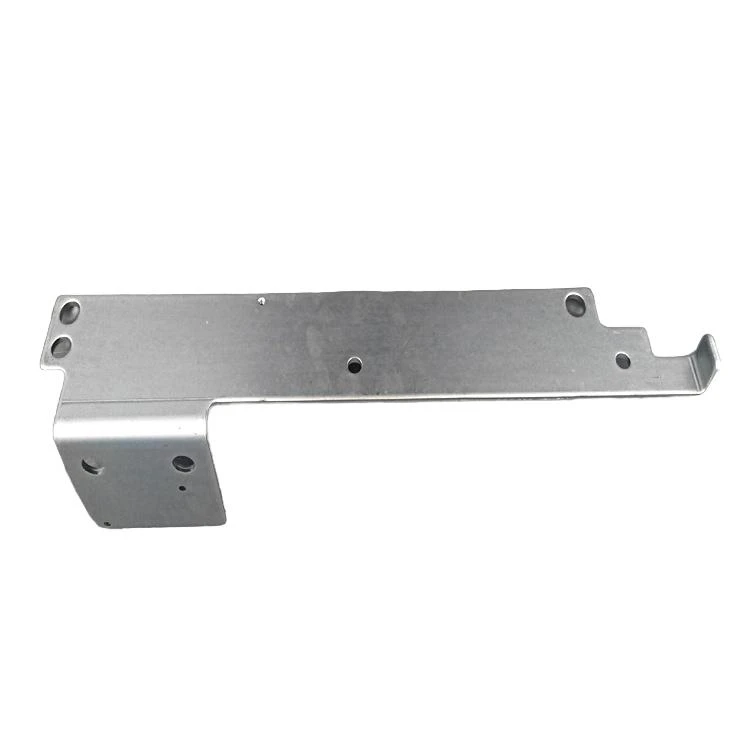aluminium die casting components
The Importance of Aluminium Die Casting Components in Modern Manufacturing
Aluminium die casting has gained significant traction in various industries, thanks to its ability to produce complex shapes with high precision and minimal waste. As an essential manufacturing process, aluminium die casting components play a critical role in sectors such as automotive, aerospace, electronics, and consumer goods. This article will explore the advantages of aluminium die casting, its applications, and the processes involved in producing high-quality components.
What is Aluminium Die Casting?
Aluminium die casting is a manufacturing process that involves forcing molten aluminium alloy into a mold cavity under high pressure. This technique allows for the production of intricate shapes and details that would be difficult to achieve with other manufacturing methods. Once the liquid metal cools, it solidifies, forming a final product that can be easily removed from the mold. The precision and repeatability of this process make it a preferred choice for manufacturers seeking efficient production methods.
Advantages of Aluminium Die Casting
1. Lightweight and Strong Aluminium is known for its lightweight properties, making it an ideal choice for applications where weight reduction is crucial. In industries such as automotive and aerospace, reducing weight can lead to improved fuel efficiency and performance. Despite its lightweight nature, aluminium is also remarkably strong, providing durability and strength in finished products.
2. Excellent Thermal and Electrical Conductivity Aluminium is an excellent conductor of heat and electricity, making it suitable for applications in electronics and electrical components. This property ensures efficient performance and minimizes energy loss, a critical factor in high-performance environments.
3. Corrosion Resistance Aluminium naturally forms a protective oxide layer that makes it highly resistant to corrosion. This characteristic extends the lifespan of components, especially in environments where exposure to moisture or harsh chemicals is common. Therefore, aluminium die-cast components require less maintenance, making them a cost-effective choice.
4. Versatility in Design The die casting process allows manufacturers to create a wide range of intricate designs. From thin walls to complex geometries, aluminium die casting can accommodate various shapes that meet specific industry requirements. This versatility contributes to the aesthetic appeal of products, making them more marketable.
5. Efficiency and Cost-Effectiveness The die casting process is highly efficient, enabling large-scale production with minimal waste. The ability to produce parts in high volume at a relatively low cost enhances profitability for manufacturers. Furthermore, the speed of production means that companies can respond quickly to market demands, maintaining a competitive edge.
Applications of Aluminium Die Casting Components
The applications of aluminium die casting components are extensive
aluminium die casting components

- Automotive Industry In the automotive sector, aluminium die casting is used for engine blocks, transmission housings, and chassis components
. The lightweight nature of aluminium contributes to overall vehicle efficiency and performance.- Aerospace In aerospace applications, aluminium die casting components are utilized in structural and engine parts where weight and strength are critical.
- Consumer Electronics Many consumer electronics, such as smartphones and laptops, incorporate aluminium die-cast components for housings and internal structures, offering durability and aesthetic appeal.
- Industrial Equipment Various industrial machines and tools utilize aluminium die casting for essential components, ensuring reliability and performance in demanding conditions.
The Die Casting Process
The die casting process involves several key steps
1. Mold Preparation Creating a mold that matches the desired component shape is the first step. Molds are typically made from high-strength steel to withstand repeated use.
2. Melting and Injection Aluminium alloy is melted in a furnace, then injected into the mold cavity under high pressure. This ensures that the molten metal fills every detail of the mold.
3. Cooling and Solidification The molten metal cools and solidifies quickly, allowing for swift production cycles. Once the component has hardened, it is removed from the mold.
4. Post-Processing Finally, cast components may undergo additional processes, such as machining, surface finishing, and coating, to meet specific requirements.
Conclusion
Aluminium die casting components are integral to modern manufacturing, offering a combination of strength, lightweight properties, and versatility. As industries continue to evolve, the demand for high-quality, efficient manufacturing processes will only grow, positioning aluminium die casting as a crucial technique in the production of components across various sectors. Understanding the benefits and applications of aluminium die casting will enable businesses to leverage this technology for improved product quality and performance.
-
Precision Casting Facility: Advanced Manufacturing for Global Industries | Hairun SourcingNewsNov.23,2025
-
Leading Precision Casting Corporation: Quality Metal Components for Global IndustryNewsNov.23,2025
-
Precision Cast Rods: Definition, Applications & Future Trends in ManufacturingNewsNov.22,2025
-
Precision Cast Iron Surface Plate: The Backbone of Industrial Accuracy and QualityNewsNov.21,2025
-
Precision Aluminum Investment Casting: High-Accuracy Manufacturing for Modern IndustriesNewsNov.20,2025
-
Precise Castings Inc – Advanced Metal Casting Solutions for Global IndustriesNewsNov.19,2025















